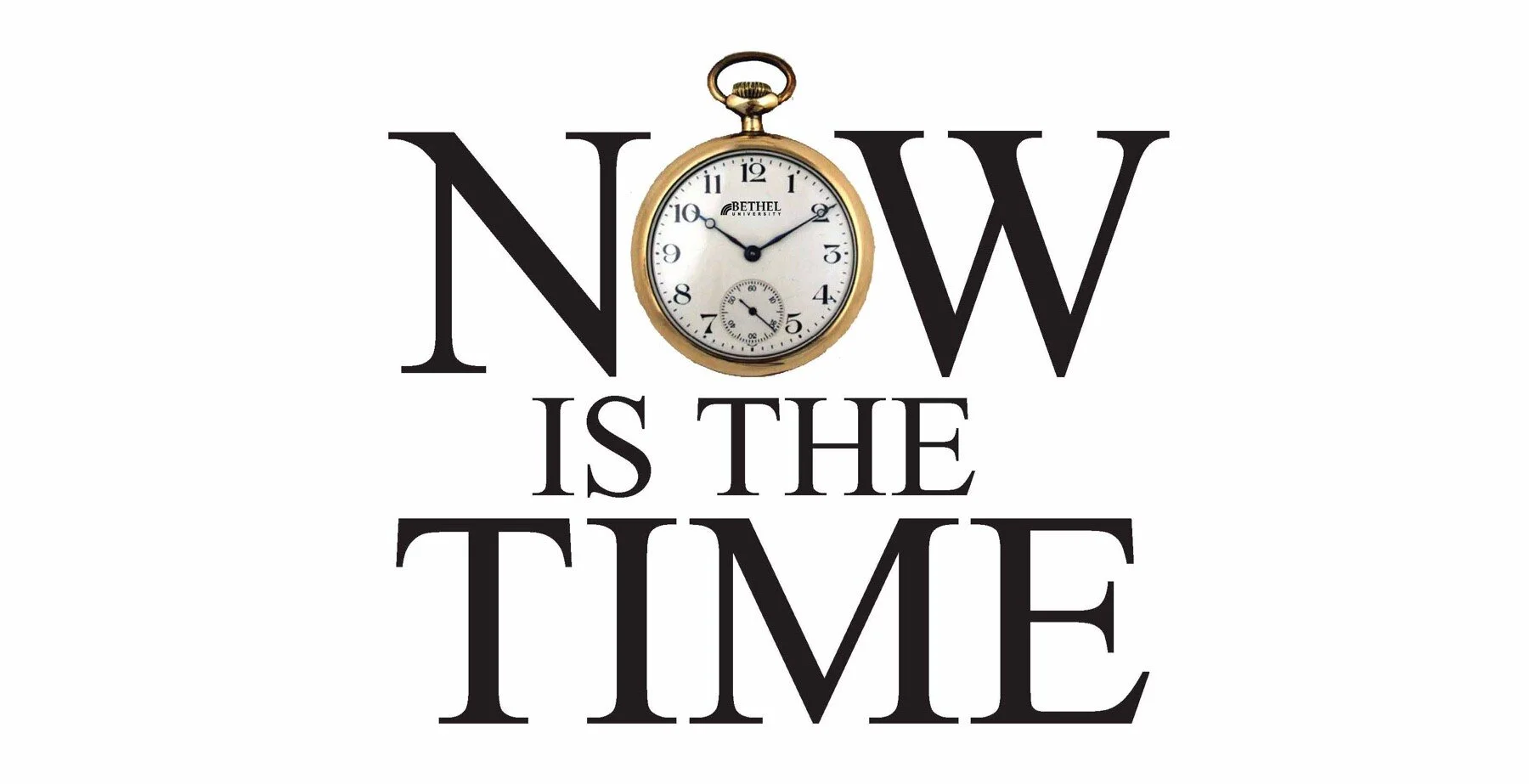10 Management Styles to Discover for 2022
Topic: Management styles
Skills: Reading, vocabulary expansion, writing
English Level: B2 (Upper Intermediate) and/or C1 (Advanced & Proficient)
Regardless of your experience or position in a company, it’s always good to know what leadership qualities you have and prefer in others. Whether you are preparing for an interview or assessing your own strengths and weaknesses in the workplace, be prepared with an answer to this simple, yet though-provoking, question: What is your management style?
Instructions: Below is a list of management styles in the workplace. Match the styles to their definitions.
Definitions
A) Humble and protective
B) Performance-focused
C) Non Restrictive and permissive
D)Authoritarian and result-focused
E) Challenging and communicative
F) Progress-focused and inspirational
G) Helpful and motivational
H) Supportive and innovative
I) Motivational
J) Hierarchical and duty-focused
Management Styles
Coach
Visionary
Bureaucratic
Pacesetter
Democratic
Transactional
Laissez-faire
Autocratic
Servant
Transformational
Reading & Short Answers: Read the leadership styles #1-10 from the article below and answer the following questions:
https://www.indeed.com/career-advice/career-development/10-common-leadership-styles
Name one benefit of having a servant leadership style. Have you witnessed this style in the workplace? Does it work?
What is a challenge for someone who has a coaching leadership style? What other style could they use along with their coaching style?
What are the benefits and challenges of a democratic leadership style? Would you adopt this style? Why or why not?
Writing Activity: Write 2-3 paragraphs answering the question: What is your management style? Start with an introduction to the topic, then choose 1-2 styles from the list above and provide reasons and examples for each.
Adapted from: https://www.indeed.com/career-advice/career-development/10-common-leadership-styles
Curious about learning English with SENYC? Schedule a Free Online English Assessment below:




